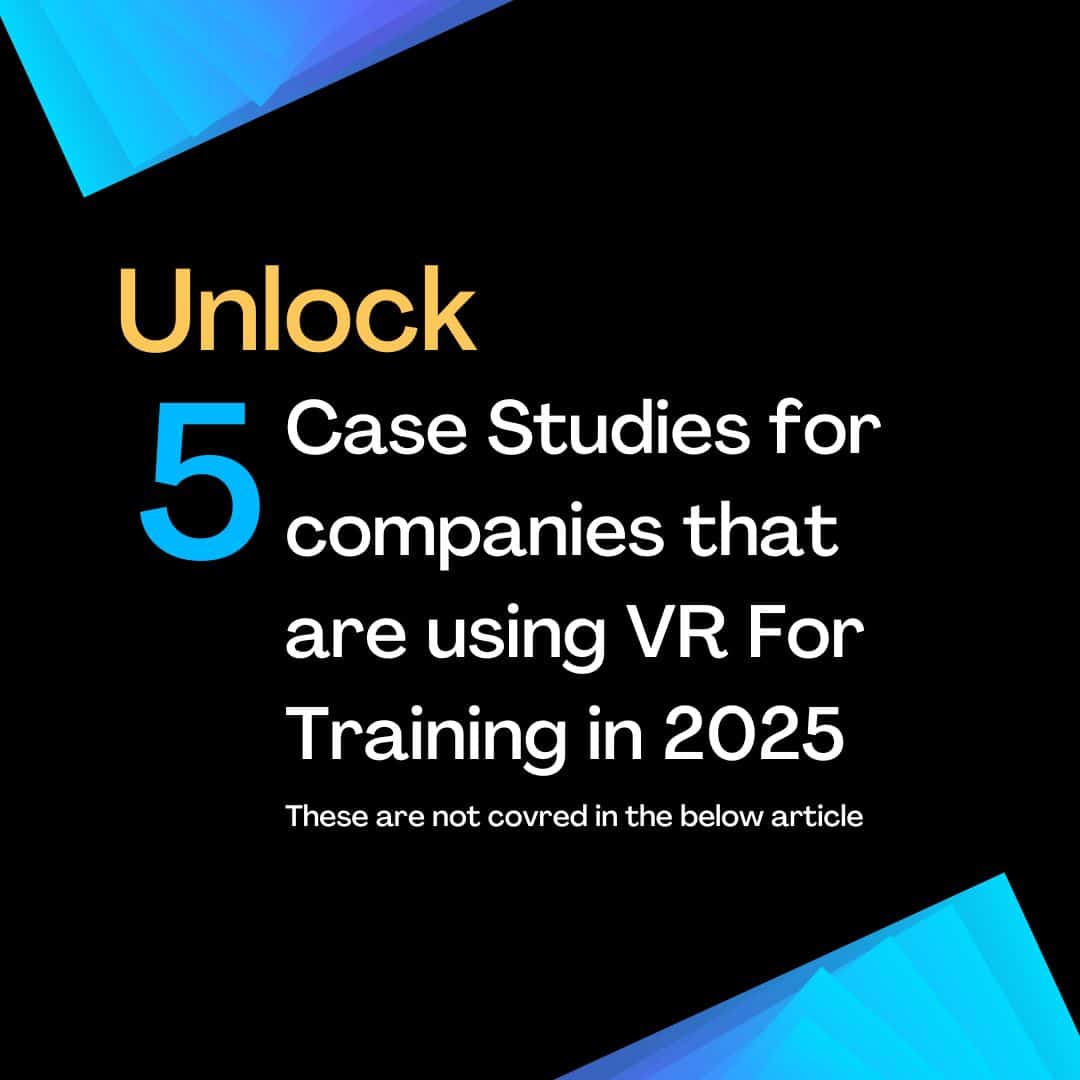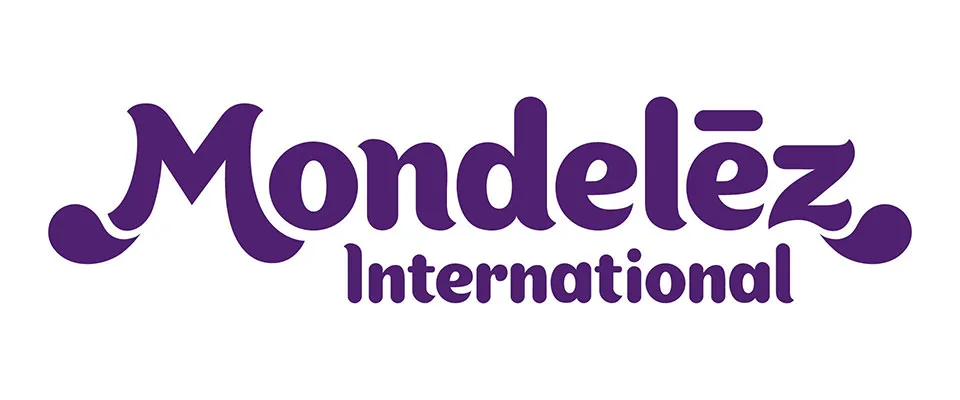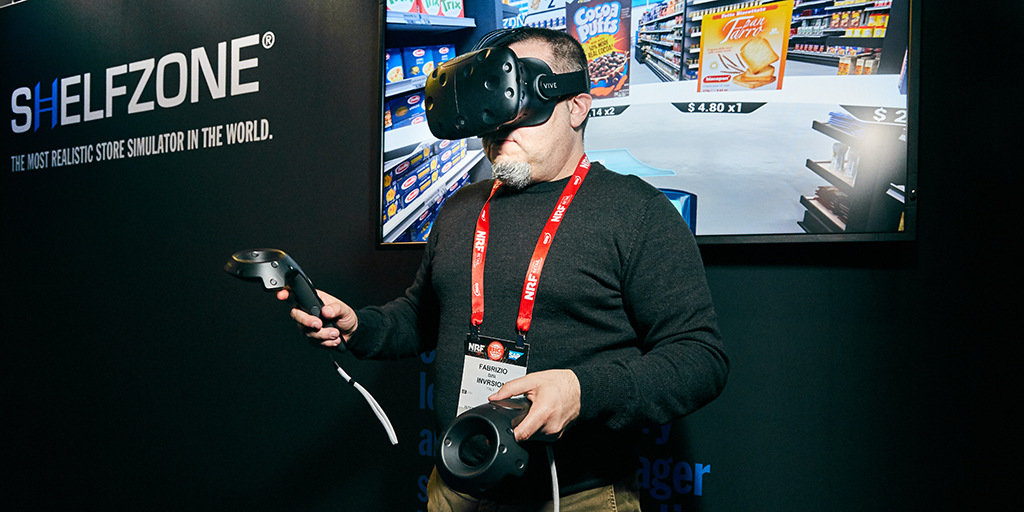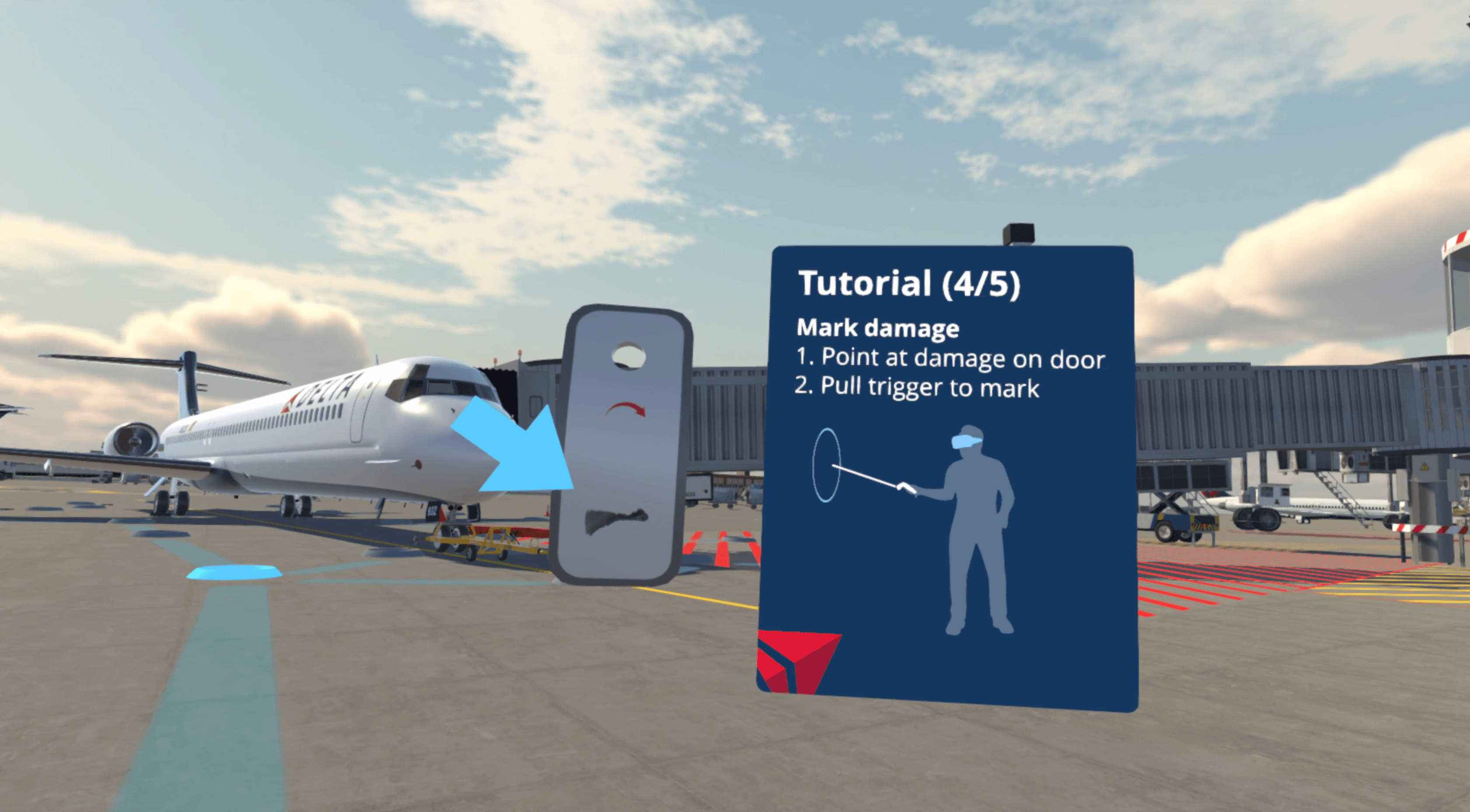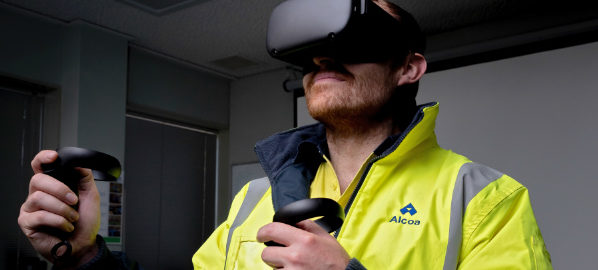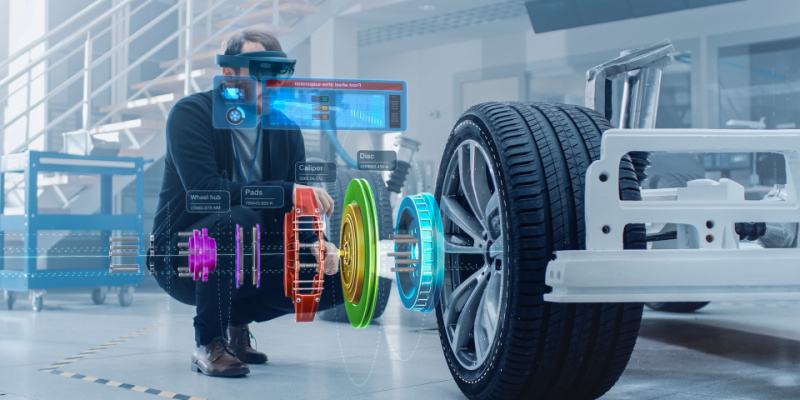The most dynamic approach to workforce development uses the Lenovo ThinkReality XR tools by Transfr, to showcase, prepare, and train young people, to access new career possibilities. When delving into the realm of XR, which encompasses VR as well, it becomes crucial to emphasize the significance of Twin Reality’s Virtual Reality Industrial Training. This cutting-edge solution empowers businesses and organizations to provide their staff with highly realistic and immersive training experiences.
While the ThinkReality A3 smart glasses offer augmented information layers in novel job contexts, the ThinkReality VRX headgear creates immersive simulations. Together, they increase access and address the difficulties in hiring that a variety of private and public sector companies encounter.
The immersive XR training experience not only offers practice and training to develop abilities and confidence in new professional responsibilities, but it can also introduce applicants to new careers they had never considered before.
No one likes to fail in front of others, therefore it creates a comfortable setting for trying out new employment opportunities.
Future of Recruitment, Selection, and Onboarding
The chance for candidates to obtain actual hands-on experience in a variety of professions has enormous advantages for employers as well, especially in a world where digital natives commonly study, socialise, and ultimately work remotely.
The importance of this extra confidence and fit cannot be overstated for the generation entering the workforce today, whose formal education and employment experience have been disrupted by the pandemic.
XR workforce development training with Transfr, leverages the hardware solutions of Lenovo ThinkReality, to create a genuine win-win for both parties to the contract.
